
Our hair is more than something we style each morning. It is a living thread that responds to the quiet rhythms within us. Just like the moon tugs at the tide, our hormones ebb and flow, guiding how our hair grows, rests, and sometimes sheds.
You've got Free Shipping!
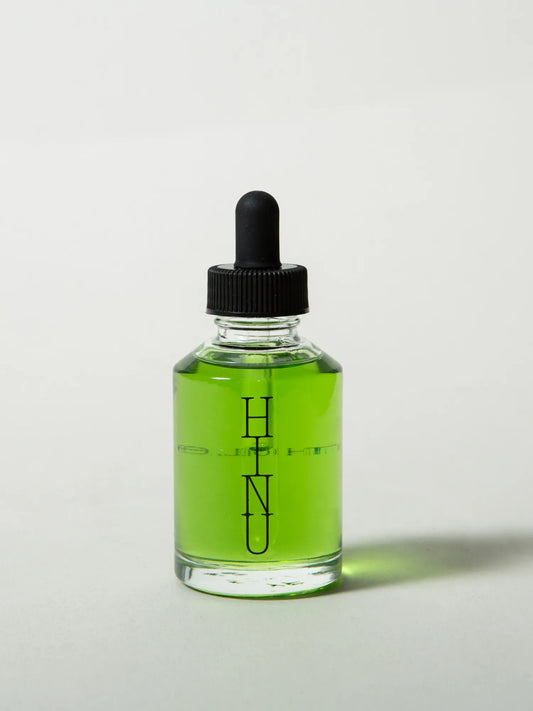
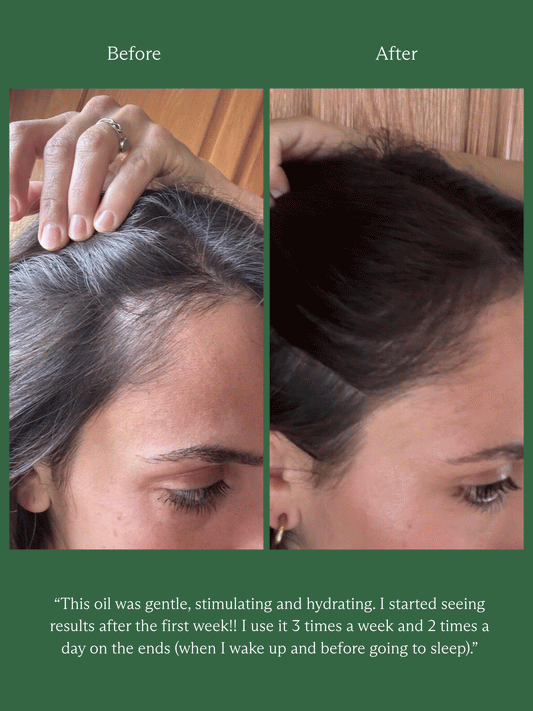
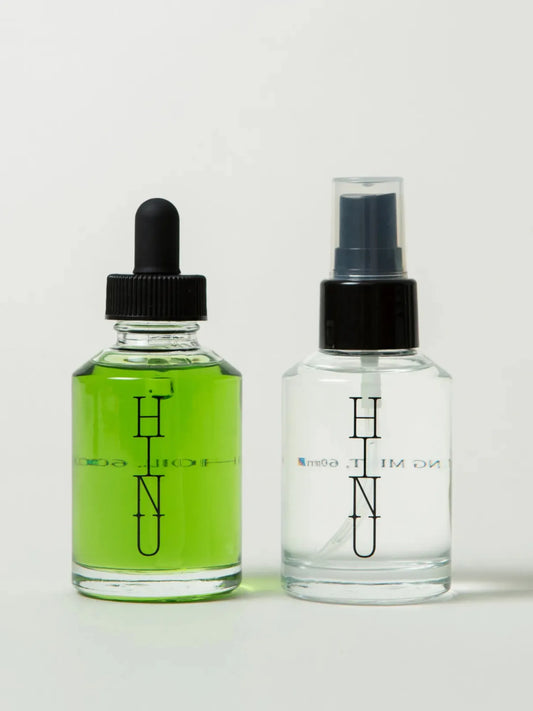


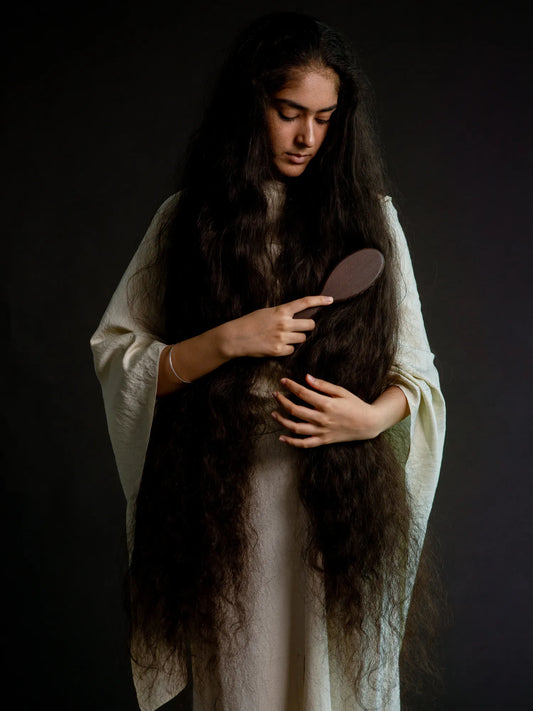
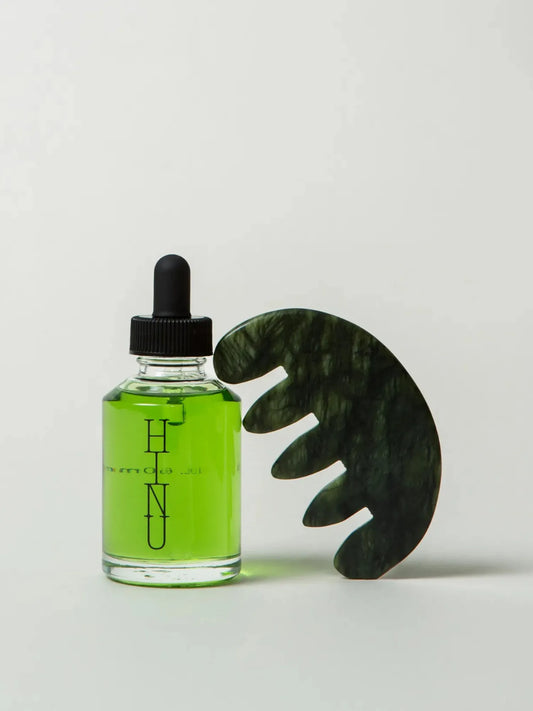
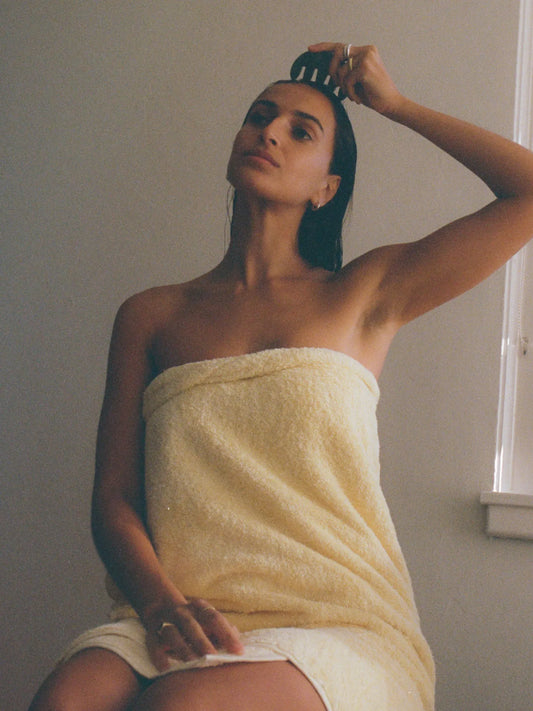
$0.00 AUD
You've got Free Shipping!
NOW LIVE: 30% OFF SITEWIDE
Our hair is more than something we style each morning. It is a living thread that responds to the quiet rhythms within us. Just like the moon tugs at the tide, our hormones ebb and flow, guiding how our hair grows, rests, and sometimes sheds.

Our hair is more than something we style each morning. It is a living thread that responds to the quiet rhythms within us. Just like the moon tugs at the tide, our hormones ebb and flow, guiding how our hair grows, rests, and sometimes sheds.




Sign up to our newsletter
